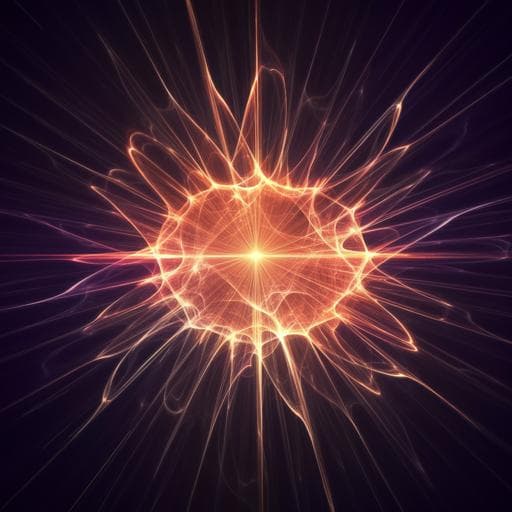
Physics
Endless Dirac nodal lines in the nonmagnetic kagome metal Ni3In2S2
T. Zhang, T. Y., et al.
This groundbreaking research by T. Zhang and colleagues unveils the discovery of infinite Dirac nodal lines near the Fermi level in Ni3In2S2, a nonmagnetic kagome metal. Through advanced ARPES measurements and DFT calculations, they highlight the significant impact of these nodal lines on the material's transport properties, marked by observations of giant magnetoresistance and quantum oscillations.
~3 min • Beginner • English
Related Publications
Explore these studies to deepen your understanding of the subject.







